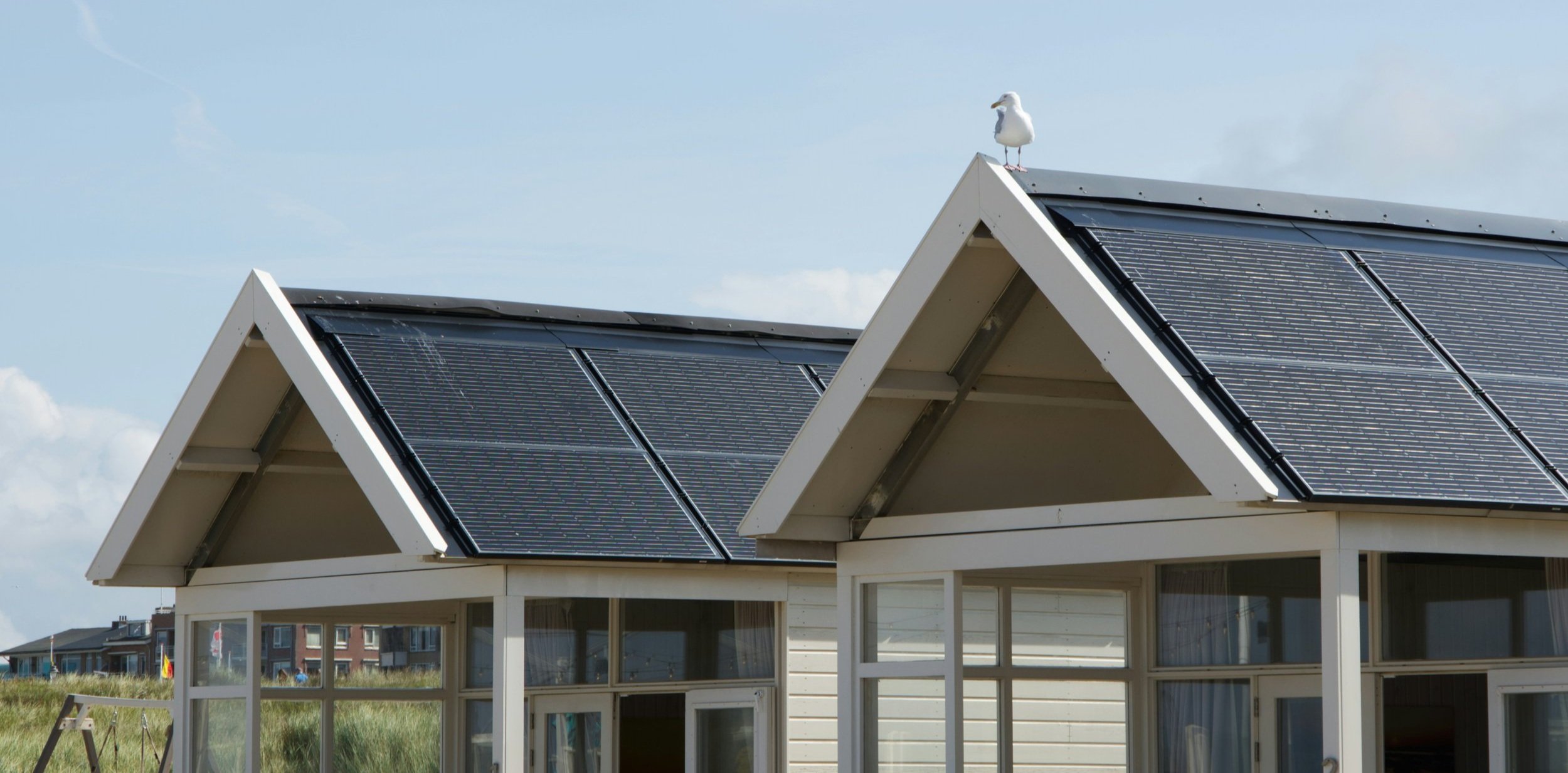Power your EV with the sun
Photo by Mischa Frank on Unsplash
Electric Vehicle (EV) drivers are continually seeking ways to optimize their charging experience, ensuring efficiency and sustainability. Imagine using the sun to charge your car, leading to zero emissions and no energy costs! With the right setup at home, it's entirely possible. The recent P3 Energy Management Benchmark report dives into solutions that help EV drivers with home solar panels use their excess energy for charging.
In brief:
More solar charging options: EV drivers now have a variety of ways to harness solar energy for home charging.
Compatibility challenges: Choosing the right solution requires careful consideration, as not all systems work well together.
Varied costs: Different providers have different pricing models, including hardware and software requirements, with one-time or ongoing charges.
Solar charging at home
To enable solar charging of an EV at home, EV drivers have a wide range of technologies to choose from. The P3 report tested various combinations to see how effectively they charge EVs using solar power. For a home installation, an EV driver will need an EMS, solar panels, an inverter for the solar panels, an AC charger, and possibly a smart meter. For most of the tested EMS, they can be used with any solar panels and inverter.
An EMS is a game-changer because it helps you maximize your solar energy use. By integrating with photovoltaic (PV) systems, an EMS ensures most of your EV’s charging needs are met by the sun, reducing grid dependence and promoting renewable energy.
Compatibility and Flexibility
The main difference among the tested EMS solutions lies in their hardware and software requirements. Some providers offer a complete package, while others focus on just the EMS, supporting open standards like Modbus or EEBUS for better compatibility with other devices.
Closed Systems: Providers like Hager, Go-e, and SMA offer comprehensive solutions but lack flexibility to mix and match components.
EMS Only: Providers focusing solely on EMS might not score as high on self-consumption but offer more flexibility and future-proofing by supporting a broader range of technologies.
Photo by Hyundai Motor Group on Unsplash
Testing results
P3’s tests revealed that all systems could charge an EV using solar power, excelling in self-sufficiency (using no grid energy). The biggest difference was in self-consumption, or how much of the solar energy was used for charging versus being sent back to the grid.
The closed system providers like Hager and Go-e had the best overall performance between self-sufficiency and self-consumption. Due to their tightly integrated nature, they can more closely balance the solar production with charging the EV. However this does present risk moving forward as components cannot be swapped for other providers.
The EMS only providers did lag behind the closed system providers for self-consumption performance. This consideration is important for homeowners who do not want to feed into the grid or cannot use the power elsewhere in their home. However in exchange for slightly lower self-consumption, most of the EMS only vendors provide more flexibility in the hardware used creating a more futureproof system. If you are interested in an EMS only provider, you should look for one with a broad range of supported technologies.
Photo by Vivint Solar on Unsplash
Costs
The costs for the different energy management systems varied greatly from provider to provider but did not depend on whether it was a closed system or EMS only. The 2 cheapest options in the test were Clever PV and Go-e.
Clever PV: A cloud-based EMS only system requiring a compatible smart meter, Clever PV involves ongoing subscription costs but offers a quick and easy setup if you already have or need a smart meter upgrade.
Go-e: A closed system provider with no ongoing software charges, Go-e is attractive if you're buying both an EMS and a charging station as a Go-e station is required for their EMS.
The other point to consider for pricing a solution for solar charging is if there are grants or rebates available to cover some or all of the costs associated. These schemes vary greatly by location and a qualified installer should be able to help you determine what is available.
Conclusion
For EV drivers an advanced EMS solution offers a path to greater energy independence, cost savings, and environmental benefits. By maximizing solar energy use and integrating with smart home devices, these systems provide a comprehensive solution to modern energy challenges while dropping the cost of driving an EV even further. As technology advances, EV owners can expect even more efficient and user-friendly energy management options, propelling both their vehicles and the green energy movement forward.
Learn more at evchargingconsulting.eu or by following us on LinkedIn.




